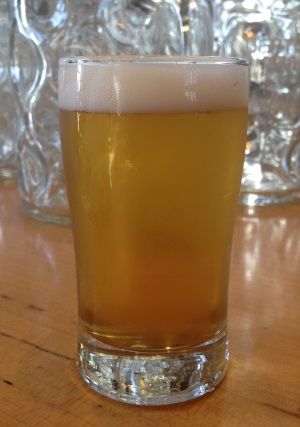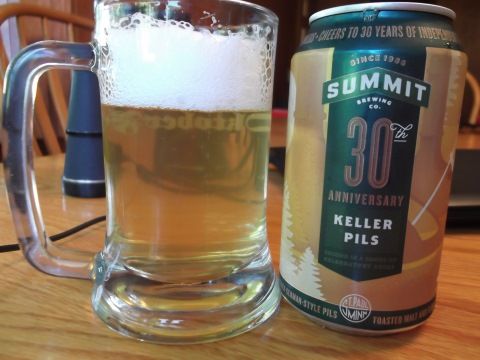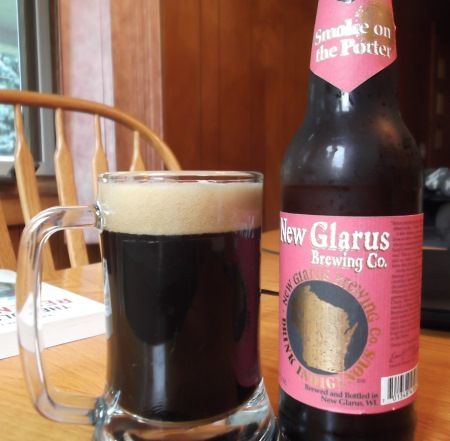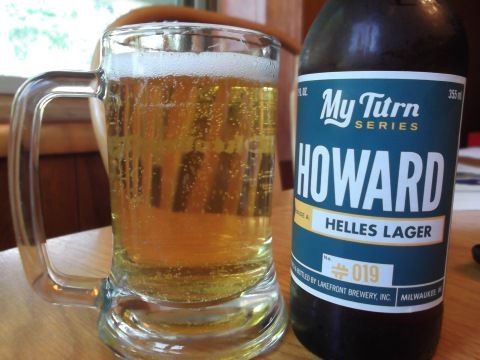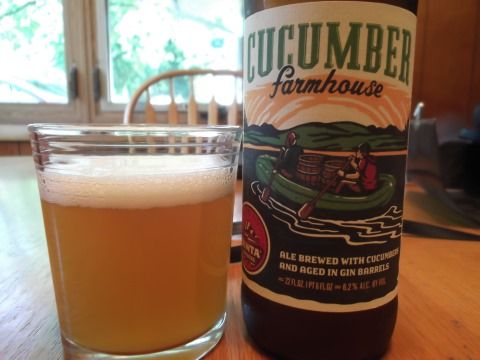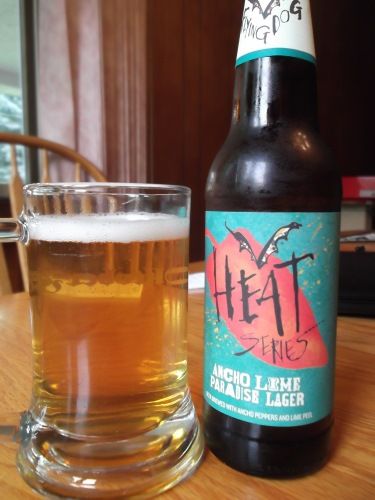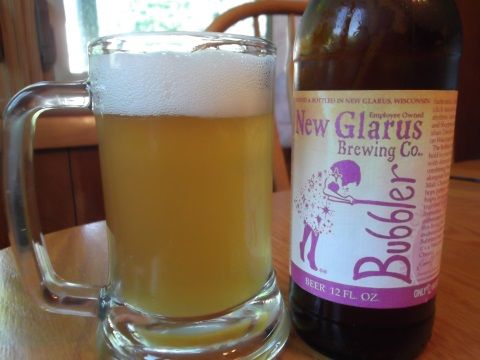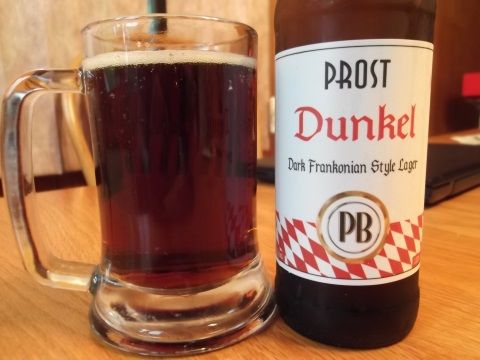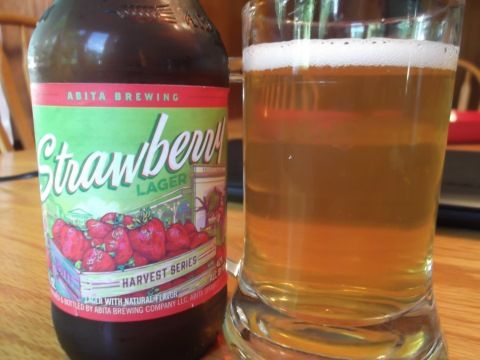
With the closing of The Bayou, Madison has lost one of, it not its only, bars that reliably served Abita beers.
Abita, I have just learned, is not, as I previously thought, in New Orleans despite all of the NOLA/Mardi Gras imagery on the labels. It is, in fact, in – quelle surprise - Abita Springs which lies 30 miles north of New Orleans. In Madison-area terms, Abita is about the same size as New Glarus Brewing and resides in a town about the same distance away from New Orleans as New Glarus is from Madison.
According to Wikipedia, the brewery distributes in 46 states and Puerto Rico. They even ship some of their brews to Germany. For a brewery with such reach and no small renown, I have to ask myself why I've sampled so little of their beer. I recall having one at The Bayou a few years back and just not being impressed. Since that experience, I have – unfairly – avoided their beers. Until recently, that is. It was a very hot summer day and my wife was keen on some strawberry beer. I was hesitant at first because the label has those dreaded words "natural flavoring" on them but the Abita webpage says that they use strawberry juice. So I took the plunge.
Strawberry lager pours a lovely light gold color and has a haze to it that the Abita notes is from the strawberry juice. Although I was not able to capture it with my camera, my glass had about one inch of white foam atop it. The beer was fizzy too with lots of bubbles inside.
As I expected, there was plenty of sweet strawberry aroma and I was pleasantly surprised that it didn't smell like candy. Not that it was like fresh strawberries, mind you, but instead I was reminded of the cans of strawberry nectar, I believe from Libby's, that I drank as a kid. There was also a little toasted grain.
On the hot day that I sampled this beer, its light body and plentiful carbonation were most welcome. The strawberry tasted a little less sweet than it smelled – like strawberry juice. The pilsner malt came across as a lightly toasted grain and the wheat as, well, wheat. It had that clean lager taste too which allowed a little grassy hop bitterness to come through.
Abita uses Vanguard hops with which I am not familiar. In addition to a little bitterness that you get while drinking the beer, you get even more of it on the finish. The strawberry lingers a bit but it's really the hops here with a nice grassy flavor and some mild bitterness which makes for a fairly fry denouement. The lacing in my glass was, as Darth Vader once opined, impressive with white streaks and splotches everywhere.
Considering that I was rather skeptical going in, Abita surprised me here with a great summer quencher. The beer has a light body and plenty of fizz. It's clean and crisp letting the tasty flavors shine. And those flavors provide a great example of restraint. The grains are light and toasty while the strawberry is a fine accent and not a big, sweet candy simulacrum.
Junk food pairing: Strawberry Lager will complement light summer fare such as 7 Layer Dip Tortilla Combos.
